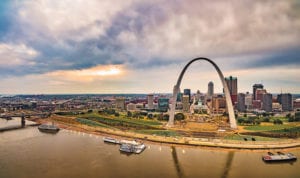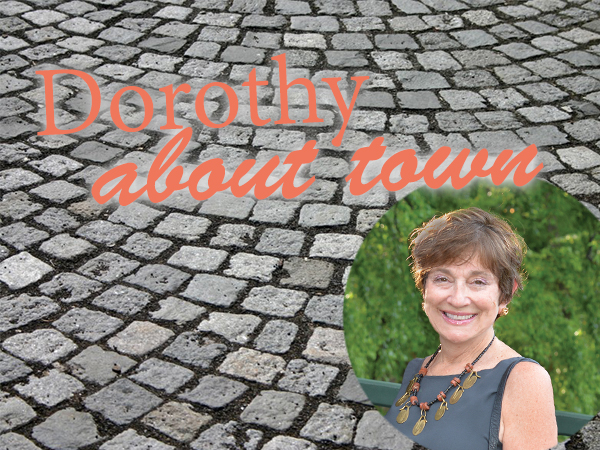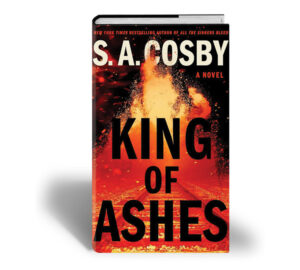If you’re anything like me, you haven’t been down to see the Arch in, well, a long time. After all, once you’ve journeyed up 630 feet in a tiny cubicle with total strangers, you’re not necessarily in a hurry to repeat the experience. Unless, of course, there’s a compelling reason to do it. That’s where the new CityArchRiver project comes in. Not only is the redone arch museum fascinating as it takes you through 250 years of our region’s history, but walking the attractive new parkland around it makes you just a little prouder of our hometown.
 Gateway Arch National Park (formerly known as the Jefferson National Expansion Memorial) now has an extra 11 acres of landscaping—and there are 5 miles of bike and walking paths, including super-easy access to both the Old Cathedral and the Old Courthouse. Also, the new Arch entrance conveniently faces west, which means easy access from wherever you park. (Oddly, there is no designated parking.)
Gateway Arch National Park (formerly known as the Jefferson National Expansion Memorial) now has an extra 11 acres of landscaping—and there are 5 miles of bike and walking paths, including super-easy access to both the Old Cathedral and the Old Courthouse. Also, the new Arch entrance conveniently faces west, which means easy access from wherever you park. (Oddly, there is no designated parking.)
You might even want to skip the tram ride this time, which hasn’t changed, and just walk around the museum, a totally new (and free) experience. There are also riverboat cruises and helicopter rides. At the new Gateway Arch Museum, you will probably discover much about St. Louis that you didn’t know (or forgot). Like its role in the Indian wars, which Gen. William Tecumseh Sherman conducted from headquarters here. And details about the devastating cholera outbreak in 1849 that killed one in 14 St. Louisans, one-third of them children. City leaders stumbled on a solution by building sewers to rid the city of ‘bad vapours,’ which also eliminated the real culprit (bacteria-tainted drinking water).
One exhibit explains why St. Louis became ‘the gateway to the West.’ Our town was a gateway to tremendous commerce—and the source of St. Louis’ growth and prosperity for a century. It was a key shipping route along the Mississippi River, and once the Eads Bridge was built in 1874, it opened the area to rail traffic. St. Louis supplied the East with shoes, beer and mules, and Chicago with livestock for its meat-processing plants. For the West, we were a logical source of flour, cotton, corn and other provisions the expanding area needed.
Turns out St. Louis was also a haven for black Americans fleeing post-war Southern oppression. In 1889, a group called the Exodusters came here en route to Kansas, and a local organization, the Colored Refugee Relief Board, formed to help them with food and clothing.
During my two-hour visit, I was transported to a past I barely knew, forever enriching the way I experience St. Louis. Between the stagecoaches and the deerskin shirts, the ragtime music and the peace pipes, it was an amazing walk down our city’s memory lane.








